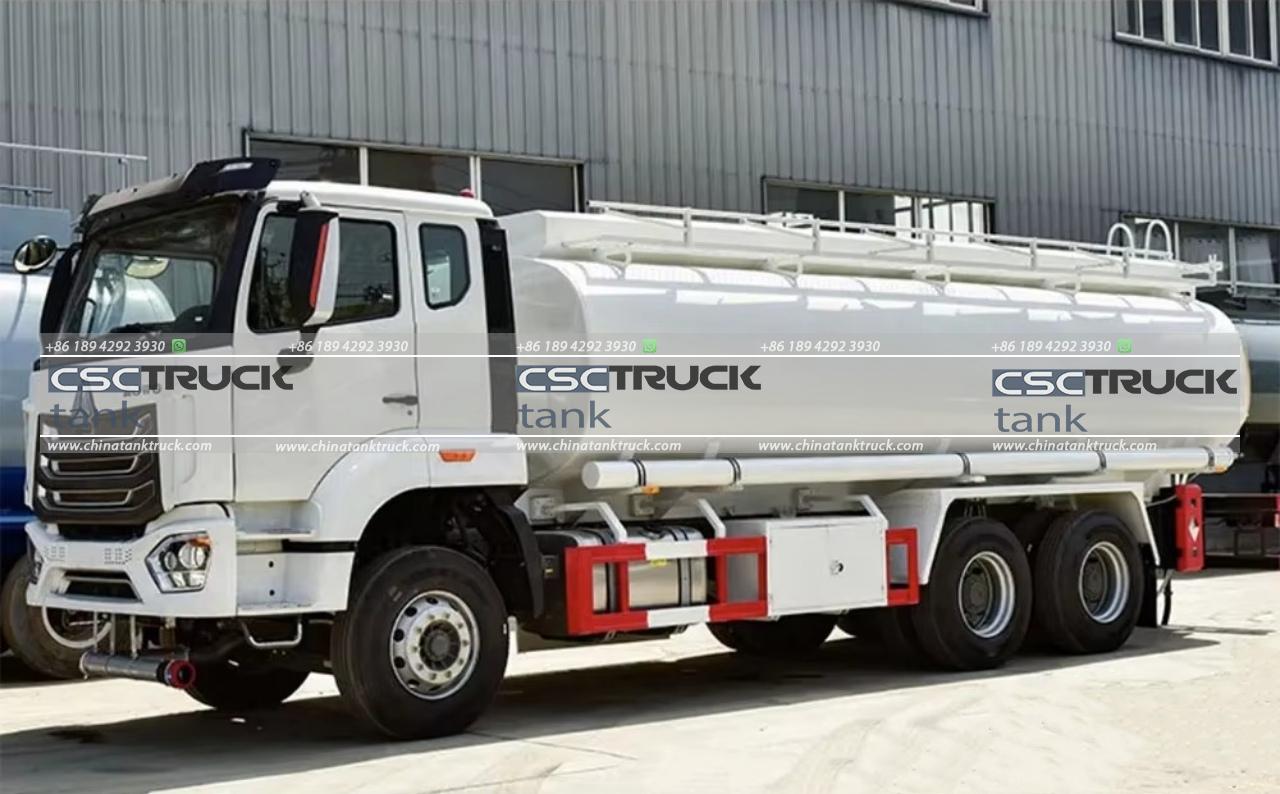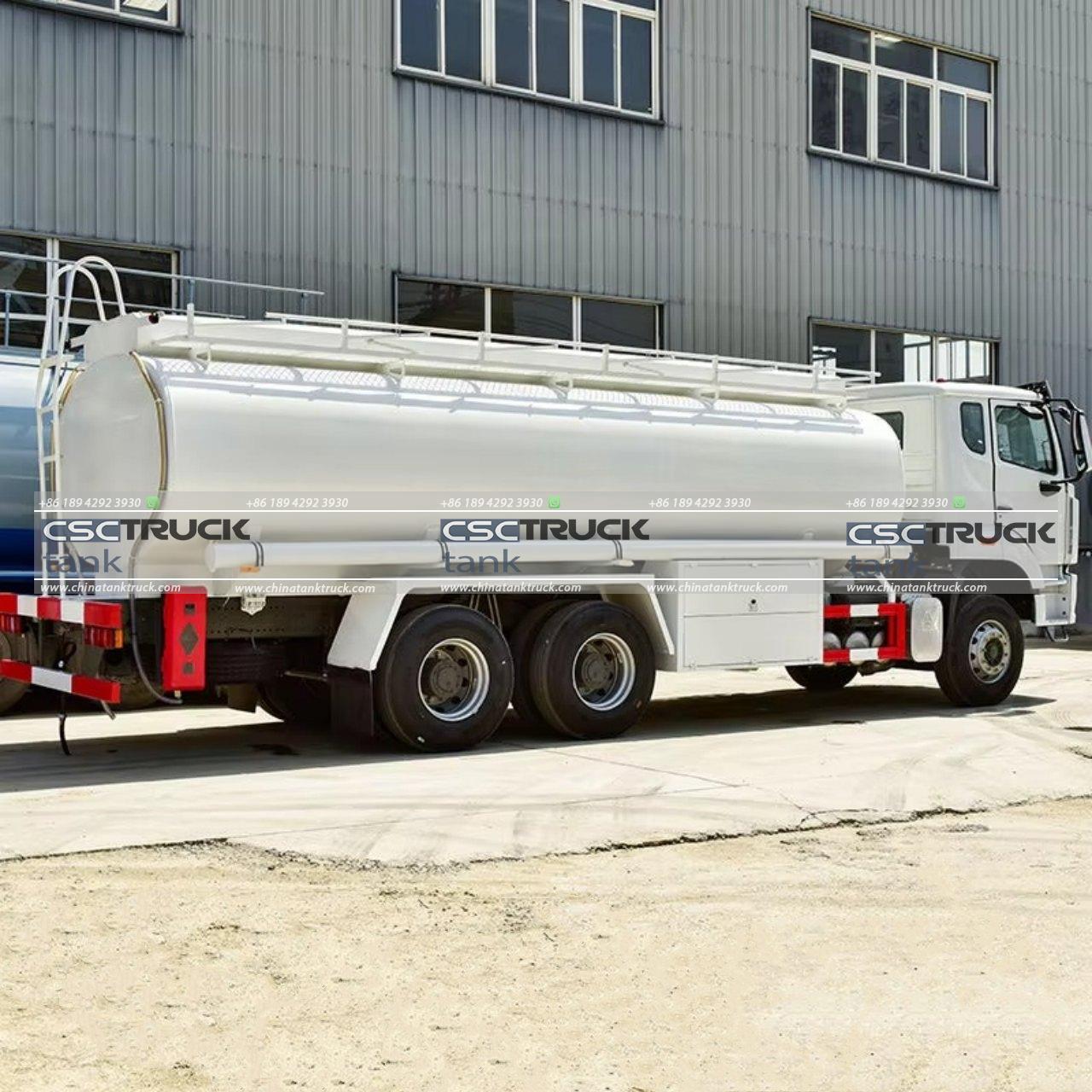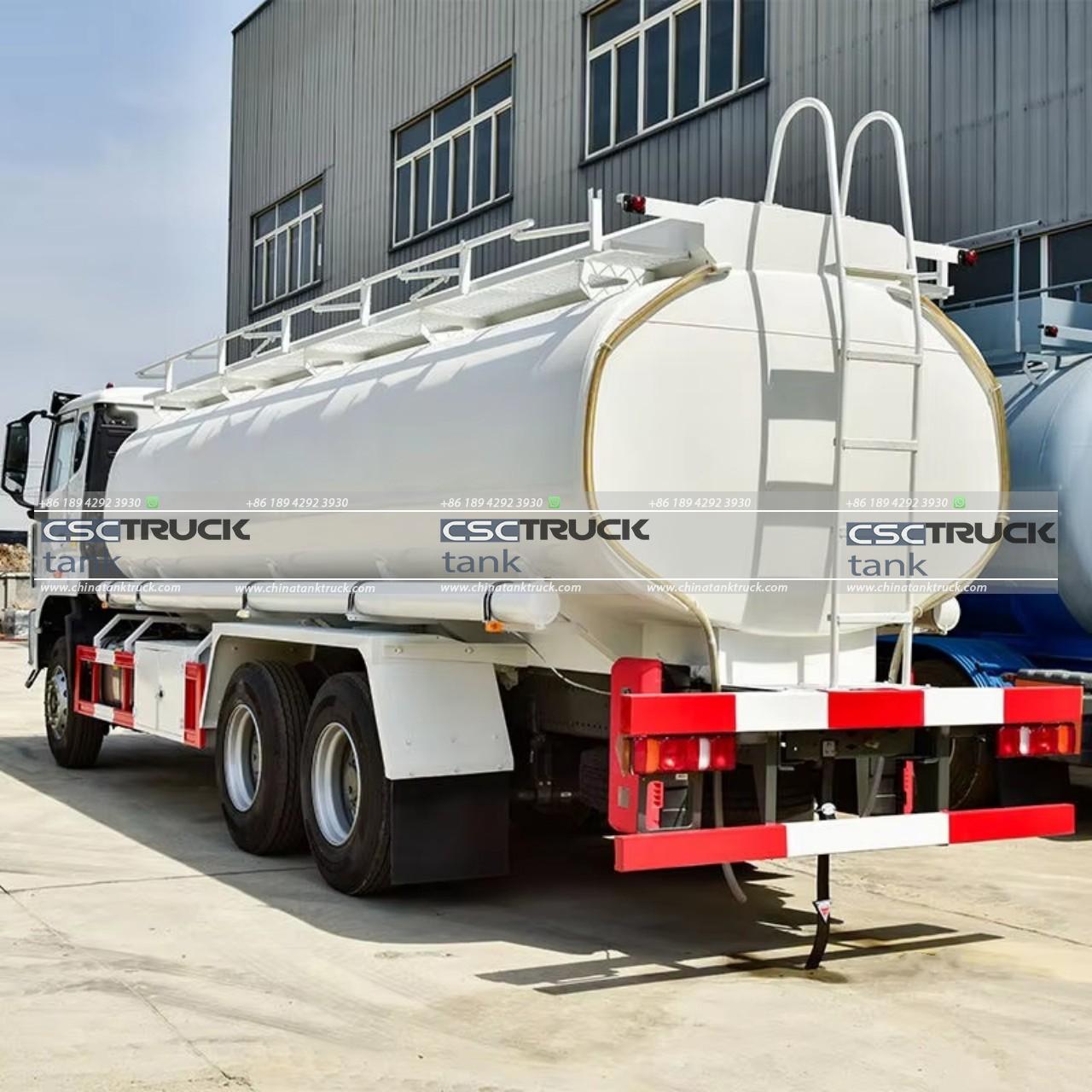How Many Litres is a Truck Fuel Tank?
The size of a truck fuel tank varies considerably based on the type of truck, its intended use, fuel efficiency, and design specifications. Truck fuel tank capacities range from relatively small tanks in light-duty trucks to massive tanks found on heavy-duty, long-haul trucks. Here, we’ll break down the different factors that affect fuel tank sizes, typical capacities for various types of trucks, and how these capacities impact the truck’s operational range and efficiency.
Factors Influencing Truck Fuel Tank Size
1. Truck Type and Purpose
– The primary factor in determining a truck’s fuel tank size is the type of truck and its purpose. Trucks designed for local delivery, for example, don’t require as large a tank as long-haul trucks that may need to travel hundreds of miles without stopping.
– Light-duty trucks often have fuel tanks between 80-100 liters, while medium-duty trucks may range from 120-200 liters. Heavy-duty trucks and those designed for long-haul purposes can have tanks that hold 300 liters or more.
2. Fuel Efficiency and Range
– Fuel tank size is also influenced by fuel efficiency. Trucks that get better fuel mileage might have smaller tanks because they require less fuel to travel the same distance. Conversely, a less fuel-efficient truck, such as one hauling heavy loads over mountainous terrain, may need a larger tank to cover the same range.
– Fuel efficiency depends on several variables, including the truck’s engine type, load, terrain, and driving speed. Heavy-duty trucks typically average around 4-8 miles per gallon, which necessitates a large tank if they are to travel long distances.
3. Weight and Space Constraints
– Adding larger fuel tanks can increase the truck’s weight, which impacts both fuel efficiency and the truck’s load-carrying capacity. There is a balance to be struck between carrying sufficient fuel for a long journey and maintaining enough capacity for cargo.
– The available space on the truck’s chassis also limits tank size. Trucks with limited space due to specialized equipment, such as fire trucks or milk trucks, may have custom-designed tanks that fit within these space constraints.
4. Tank Type and Configuration
– Some trucks use a single large tank, while others have dual tanks to increase fuel capacity. Dual tanks are common in long-haul trucks and allow for more flexibility, as they can be switched between or separately filled.
– The use of 2 tanks also provides better weight distribution across the vehicle and can be advantageous in terms of fuel management and operational efficiency.

Common Fuel Tank Sizes in Different Truck Types
1. Light-Duty Trucks
– Light-duty trucks, which include pickup trucks and small delivery vehicles, typically have fuel tanks in the range of 80 to 100 liters. These trucks are designed for short commutes, local deliveries, and personal or small-business use, so they don’t require massive fuel capacities.
– Examples include Ford F-150s and Chevrolet Silverados. They have smaller engines that deliver good mileage, allowing them to operate efficiently without needing an excessively large tank.
2. Medium-Duty Trucks
– Medium-duty trucks, such as box trucks and certain delivery trucks, generally feature fuel tanks that range from 120 to 200 liters. These trucks are designed for daily use, often within a city or metropolitan area, where fuel stops are readily available.
– Vehicles in this class include Isuzu N-Series trucks and certain Freightliner models. Medium-duty trucks balance tank size with payload capacity to ensure they can make deliveries across a day without frequent refueling stops.
3. Heavy-Duty Trucks (Long-Haul)
– Heavy-duty, long-haul trucks require significantly larger tanks, often ranging from 300 to 600 liters or more. These trucks, commonly known as tractor-trailers or semis, are designed to cover vast distances and may drive continuously for many hours.
– Examples include trucks by manufacturers like Kenworth, Peterbilt, and Volvo. Many of these trucks are equipped with dual fuel tanks, giving them a combined capacity that can exceed 1,000 liters. This setup enables them to operate over extensive distances without the need for frequent refueling.
4. Specialty Trucks
– Specialty trucks, such as fire trucks, milk trucks, and garbage trucks, have unique requirements that dictate their fuel tank size. Fire trucks, for example, often have tanks ranging from 150 to 400 liters, depending on their purpose and design.
– Milk trucks or tanker trucks might require a fuel tank within a specific range, based on the vehicle’s operational range and the distances traveled between farms and processing facilities. Garbage trucks, which make frequent stops, typically have fuel tanks that are optimized for stop-and-go driving rather than long-haul efficiency.
Why Larger Fuel Tanks Aren’t Always Better
While it may seem advantageous to fit trucks with the largest possible fuel tank to maximize range, there are several reasons why this is not always practical or efficient.
1. Weight Penalty
– Fuel adds significant weight to a vehicle, and a larger tank filled with fuel can weigh hundreds of kilograms. This additional weight impacts both the truck’s fuel efficiency and its payload capacity. Hauling extra fuel reduces the truck’s ability to carry cargo, which may not be practical for certain operations.
2. Cost Considerations
– Larger tanks come with higher costs, both for the tank itself and the additional fuel required to fill it. For many trucking companies, this means balancing fuel capacity with operating costs. Additionally, carrying fuel unnecessarily can increase expenses, especially when fuel prices are high.
3. Refueling Infrastructure
– Most trucking routes are planned around fuel stops, so there’s generally little need to carry an oversized tank. Truck stops and fueling stations along major highways provide accessible refueling options, meaning trucks can maintain efficient fuel levels without needing an oversized tank.
4. Environmental and Operational Efficiency
– Carrying excessive fuel can lead to inefficiencies. For companies focused on minimizing carbon emissions and maximizing profit margins, optimizing fuel tank size for the route and type of cargo is often a more sustainable choice than using oversized tanks.

Innovations in Fuel Tank Design
As the trucking industry evolves, manufacturers continue to develop innovations in fuel tank design to optimize size, weight, and safety. Here are some recent advancements:
1. Lightweight Materials
– Newer tanks are constructed with lightweight but durable materials, such as aluminum or high-strength steel alloys, which reduce weight without compromising structural integrity.
2. Aerodynamic Shapes
– Engineers now design fuel tanks with more aerodynamic shapes to reduce drag and improve fuel efficiency. These tanks help optimize fuel consumption and reduce costs on long-haul routes.
3. Fuel-Saving Technologies
– The trucking industry is increasingly using technologies such as fuel monitoring systems, auxiliary power units, and hybrid engines to reduce fuel consumption. These advancements help reduce the need for oversized tanks by improving fuel efficiency and allowing drivers to refuel less frequently.
Conclusion
The size of a truck fuel tank can range anywhere from 80 liters to over 1,000 liters, depending on the type of truck and its operational needs. Light-duty trucks require smaller tanks, while long-haul, heavy-duty trucks often have large, dual-tank systems to support extended travel distances. Specialty trucks have tanks sized according to their specific purposes, balancing the need for fuel with other operational requirements.
Ultimately, the fuel tank size is a carefully considered aspect of truck design, balancing the need for operational range, weight constraints, and fuel efficiency. As the trucking industry moves toward more sustainable practices, future fuel tanks may become lighter and more efficient, meeting operational needs while reducing costs and environmental impacts.


